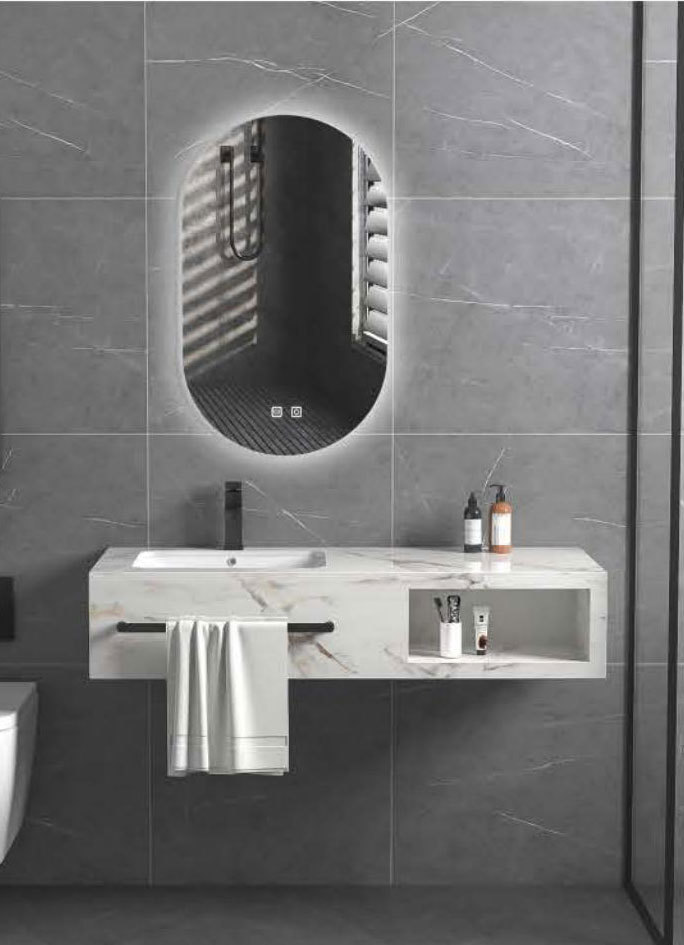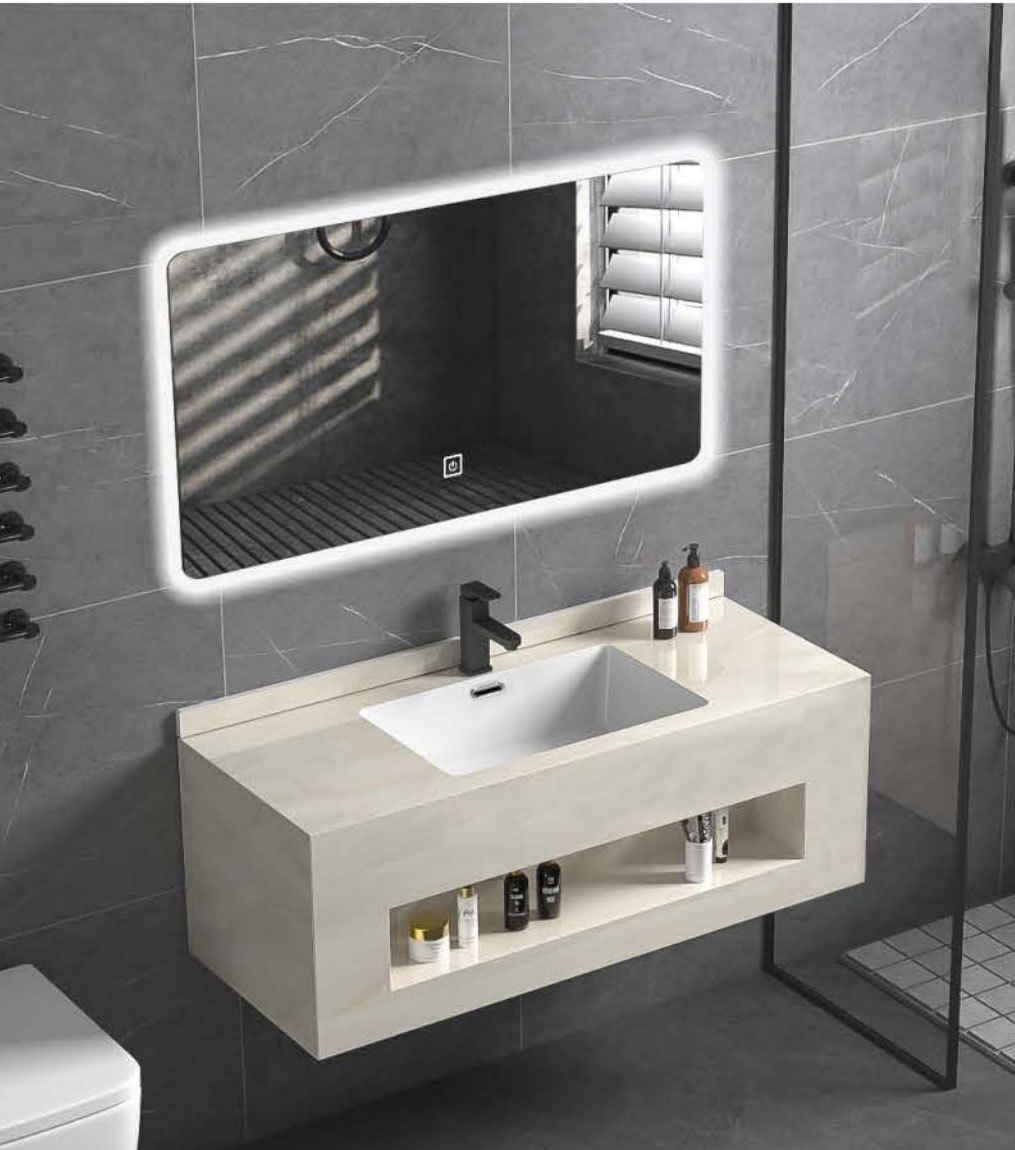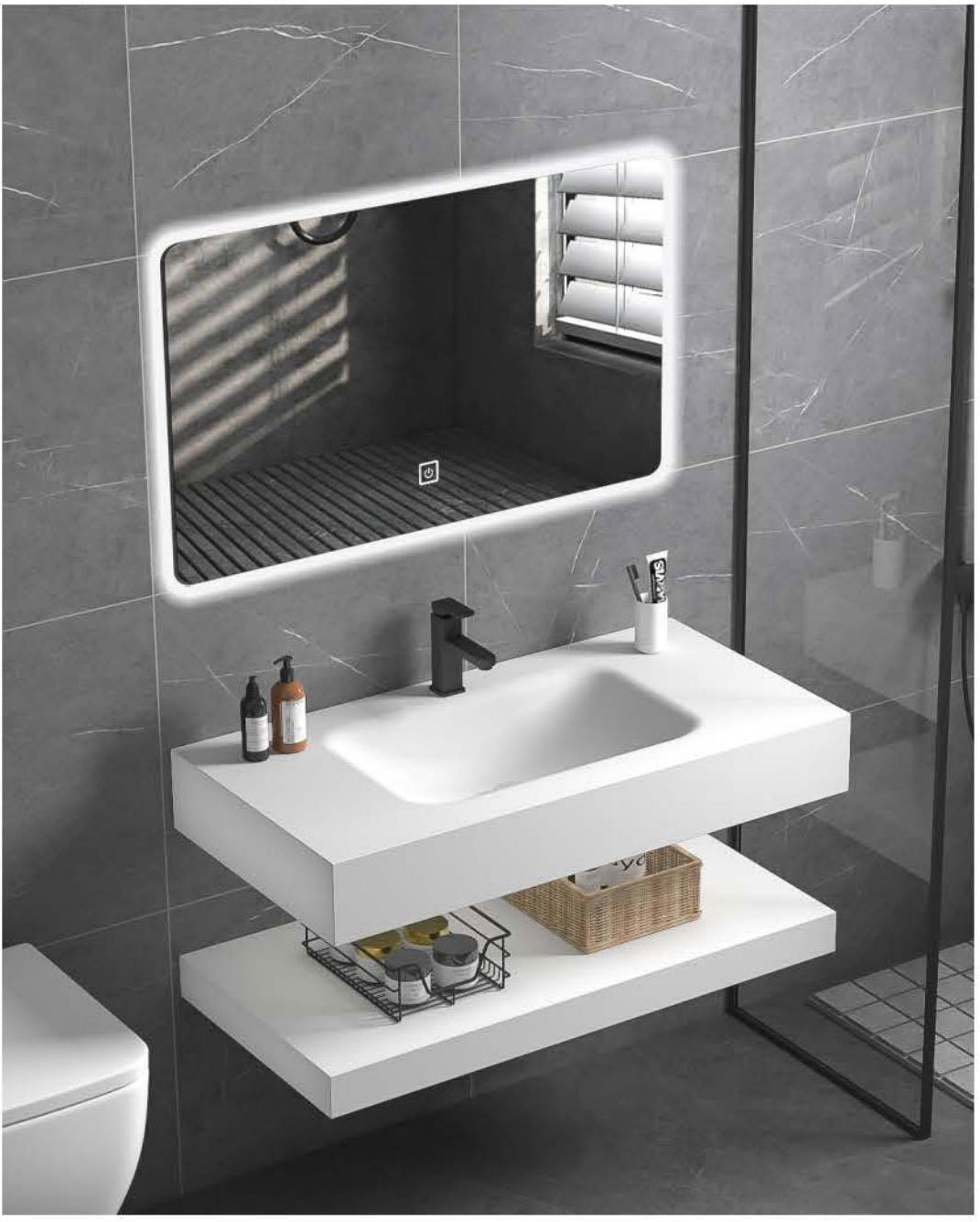SRI LANKA floor drain Toilet hardware
FD012
key word: Sanitary Ware
Category:
SRI LANKA floor drain Toilet hardware
SRI LANKA Floor Drain Toilet Hardware
When it comes to bathroom design and functionality, one of the most overlooked yet crucial components is the floor drain. In Sri Lanka, where the monsoon season can bring heavy rainfall, having an efficient floor drain in toilets is essential. This article will explore the importance of floor drains in Sri Lankan toilets, the types of materials used, installation practices, and maintenance tips to ensure longevity and efficiency.
**Importance of Floor Drains in Sri Lankan Toilets**
Floor drains serve multiple purposes in a bathroom setting. Primarily, they help in the effective drainage of water, preventing the accumulation of standing water that can lead to hygiene issues and unpleasant odors. In Sri Lanka, where humidity levels are high, having a well-functioning floor drain is vital to minimize mold and mildew growth.
Moreover, during heavy rains, floor drains can effectively channel excess water away from the toilet area, reducing the risk of flooding. This is particularly important in regions prone to flooding, where water can easily seep into homes. Thus, the design and placement of floor drains can significantly influence the overall safety and comfort of a bathroom.
**Types of Floor Drain Materials**
In Sri Lanka, various materials are used for floor drains, each with its unique advantages and disadvantages. Common materials include stainless steel, PVC, and cast iron.
Stainless steel is a popular choice due to its durability and resistance to corrosion. It is ideal for high-moisture environments, making it perfect for bathrooms. Additionally, stainless steel drains have a sleek, modern appearance that can enhance the overall aesthetic of the bathroom.
PVC, or polyvinyl chloride, is another commonly used material. It is lightweight, easy to install, and resistant to rust and corrosion. However, PVC may not be as durable as stainless steel, especially under heavy loads or extreme temperature changes.
Cast iron is known for its strength and longevity. Although it is heavier and more challenging to install, it can withstand significant wear and tear. Cast iron drains are often used in commercial settings or in older homes where traditional designs are favored.
**Installation Practices for Floor Drains**
Proper installation of floor drains is crucial to ensure their functionality and efficiency. In Sri Lanka, the installation process typically involves several key steps.
First, it is essential to assess the bathroom layout and determine the optimal location for the floor drain. Ideally, it should be placed in a low point of the floor to facilitate effective drainage. The slope of the floor should direct water towards the drain, preventing any pooling.
Next, the installer must prepare the subfloor and create a trench for the drain. This step involves cutting into the existing flooring and ensuring that the drain is level with the surrounding surface. Once the trench is ready, the drain can be securely fitted into place.
After the drain is installed, it is vital to connect it to the existing plumbing system. This connection must be watertight to prevent leaks and ensure proper drainage. Finally, the floor is finished with tiles or other materials, ensuring that the drain remains accessible for maintenance.
**Maintenance Tips for Floor Drains**
To keep floor drains functioning optimally, regular maintenance is essential. Homeowners in Sri Lanka should consider the following tips to ensure their floor drains remain in good condition.
Firstly, routine cleaning is crucial. Debris, hair, and soap scum can accumulate in the drain, leading to clogs. Regularly removing the drain cover and cleaning the interior with a brush or a mixture of vinegar and baking soda can help prevent blockages.
Secondly, homeowners should check for any signs of leaks or water pooling around the drain area. If any issues are detected, it is essential to address them promptly to avoid further damage to the flooring or plumbing system.
Additionally, homeowners should consider installing a drain strainer to catch larger debris before it enters the drain. This simple addition can significantly reduce the frequency of clogs and make maintenance easier.
**Conclusion**
In conclusion, floor drains are a critical component of toilet hardware in Sri Lanka, playing a vital role in ensuring proper drainage and hygiene. With various materials available for construction, it is essential to choose the right type based on durability and aesthetic preferences. Proper installation practices and regular maintenance can significantly extend the lifespan of floor drains, making them a worthy investment for any bathroom. By prioritizing the functionality of floor drains, homeowners can create a safe and comfortable environment in their bathrooms, ultimately enhancing the overall quality of life.
Previous page
Next page
Previous page
SAUDI ARABIA floor drain Toilet hardware
Next page
Related products
Product consultation








